Child labour in livestock is widespread and largely ignored, accordingly to Food and Organization’s recent publication,Children’s work in the livestock sector: Herding and beyond – the first global study on the subject. Noting that agriculture accounts for the highest proportion of global child labour across economic sectors (60% as per ILO statistics), the report points out that livestock accounts for some 40 percent of the agricultural economy and efforts to curb child labour will require getting governments, farmer organizations and rural families directly involved in finding alternatives to practices which often reflect the need for survival. The report sustains that hazardous or potentially harmful work for children in the livestock sector has received less attention than child labour in other areas of agriculture, where much more has been done by international organizations, governments, civil society and rural families to address the problem.
The International Conference on Child Labour in Agriculture, organised by Global March Against Child Labour in July 2012, also recognised the need to tackle child labour in various neglected sub-sectors of agriculture, specifically livestock and fisheries wherein less attention has been paid in addressing the worst forms of child labour. Highlighting a serious data and knowledge gap of child labour in different agricultural sub-sectors, the Conference recommended collection of dis-aggregated data and knowledge at national and global level on child labour in the sub-sectors to guide policy and action. Given this, the FAO report is a welcome step forward in this direction.
What activities do children undertake?
“According to the United States Department of Labor, cattle products are among the goods most commonly produced with child or forced labour. On their List of Goods Produced by Child Labor or Forced Labor (2011), cattle products are produced with child labour in Bolivia, Brazil, Chad, Ethiopia, Lesotho, Mauritania, Namibia, Paraguay, Uganda and Zambia. Leather goods are produced with child labour in Pakistan, India and Bangladesh.
Child labour in herding, particularly cattle herding, is the most apparent in the literature reviewed in this study. In addition, there are indications that children are active on commercial farms such as poultry farms. Child labour has also been found further down the value chain in milk processing, slaughterhouses, meat processing and leather-garment preparation. However, information on these forms of child labour is limited. Children have also been found to be involved with animal traction in farming (e.g. in Mali and central and northern regions of Malawi). Handling large animals is the domain of men in most societies, and children’s tasks in livestock handling often follow these gender lines (Bradley, 1993 in De Lange, 2009). General animal care is very common and there is widespread evidence of this kind of activity with regard to cattle and other ruminants as well as pigs and poultry.”
Page 21, Children’s work in the livestock sector: Herding and beyond
—————————
Resources:
http://www.fao.org/news/story/en/item/169969/icode/
